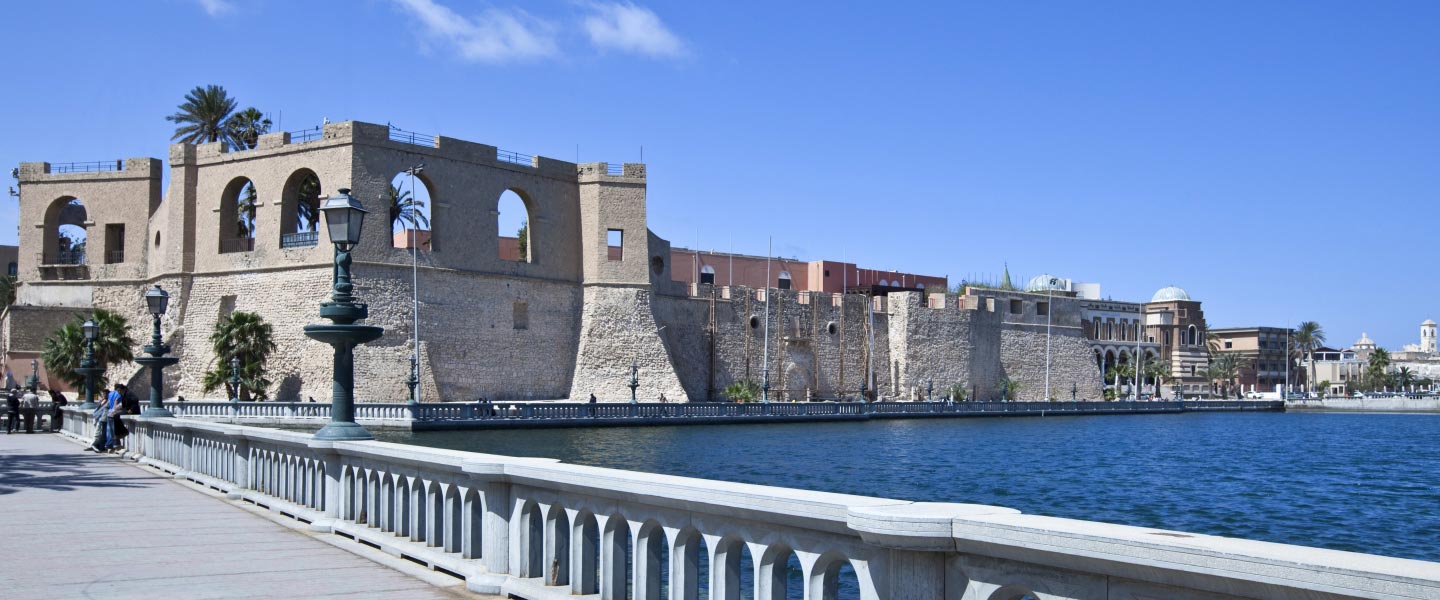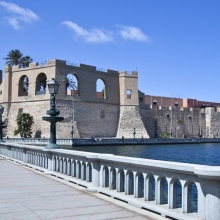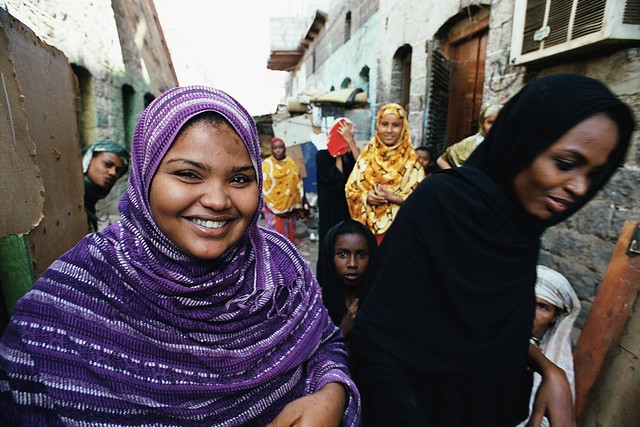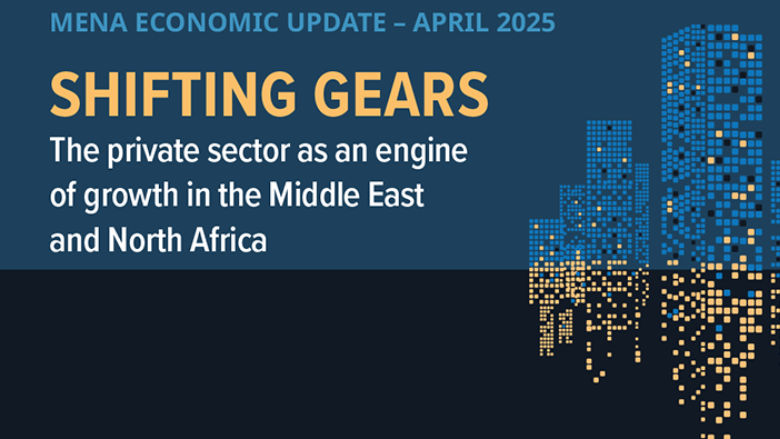Libya, an oil-rich country strategically located at the crossroads of Africa, the Middle East, and Europe, holds rich yet unfulfilled potential. Following an inconclusive transitional period, Libya remains mired in a political stalemate. The institutional legacy of the country's complex past, followed by a decade of instability, has resulted in development indicators and institutional capacity that do not align with Libya's status as a middle-income country. Libya's conflict has not only caused significant loss of development gains for Libyans but has also directly impacted the welfare of neighboring countries, the Sahel, and Europe
The oil and gas sector drives the Libyan economy and remains undiversified, with a large public sector. In 2023, the oil and gas sector represented 60 percent of GDP, 94 percent of exports, and 97 percent of government revenues. The private sector remains underdeveloped but has significant growth potential and currently employs nearly 14 percent of the workforce.
Despite increasing oil production, years of conflicts and divisions have resulted in insufficient public investment and infrastructure maintenance. Additionally, the state's significant involvement in the economy has hindered the development of the private sector. Consequently, the population experiences limited access to quality health services, an outdated education system, disruptions in the provision of safe drinking water, and an unreliable electricity supply.
The Libyan economy contracted by 2.9 percent in 2024. The resolution of the Central Bank of Libya (CBL) crisis in October 2024 led to a 35 percent surge in oil production in Q4 2024, but average production for the year was below 2023 levels, causing a six percent contraction in oil Gross domestic product (GDP). Non-oil GDP grew by two percent, driven by a ten percent increase in public wages. In January 2025, the NOC increased production to 1.4 million barrels per day (mbpd), aiming for 1.6 mbpd by 2025.
The budget surplus stood at 0.3 percent of GDP in 2024. Total revenues were 56.7% of GDP, with non-oil revenues significantly increasing due to foreign currency exchange taxes (ten percent of GDP) and CBL dividends (three percent of GDP). This increase in non-oil revenues helped offset the decline in oil revenues caused by lower production and prices. Public spending was 56.4 percent of GDP, up two percent from 2023, mainly due to higher wages, while capital expenditure dropped by 77.8%. In December 2024, the GNU transferred LYD 21 billion from the unspent development budget to the Ministry of Finance for future projects in 2025.
The foreign currency tax introduced in March 2024 tightened access to foreign currency, reducing merchandise imports by six percent over ten months. Oil exports fell by nearly nine percent due to export facility shutdowns and declining prices, narrowing the merchandise trade surplus by 12 percent to 23 percent of GDP.
Last Updated: Apr 25, 2025






